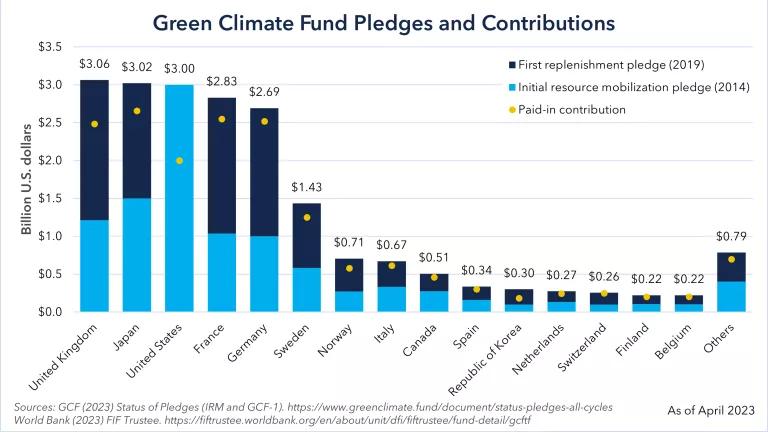Investments in stormwater and sewer infrastructure are becoming a top priority for municipal decision-makers as they brace for more frequent severe weather events. But what will those infrastructure investments look like? How will cities pay for them?
A new report released today by the Natural Infrastructure Finance Laboratory (“NatLab”) — a consortium comprised of the Natural Resources Defense Council, The Nature Conservancy, and EKO Asset Management Partners — aims to answer those questions.
NatLab believes that green infrastructure is a key to urban resilience and lower-cost stormwater management, and the new NatLab report details how private capital can play a significant role in helping cities meet their green infrastructure goals.
Green Infrastructure: Who’s doing it and why
Traditional, gray “pipe and cement” stormwater infrastructure solutions have proven prohibitively expensive for cities and, even when that infrastructure is functioning as designed, it still dumps nearly 10 trillion gallons of sewage into our nation’s waterways, lakes, and oceans each year.
In light of the shortcomings of a purely “gray” approach to stormwater management, cities nationwide are looking to “green infrastructure” strategies that rely on biomimicry concepts and restoration of ecosystem services, so that stormwater is captured on or near the site where it falls and allowed to evaporate, evapotranspire, or filter through the soil. These practices include tree planting, use of rain gardens, and porous pavement. Green infrastructure is attractive to cities because it can cost less than traditional infrastructure and improve urban quality of life by preserving water quality, lowering urban temperatures, and cleaning urban air.
While Philadelphia is the poster child for ambitious green infrastructure plans because of its commitment to utilize a primarily green approach to manage its stormwater over the next 25 years, green infrastructure projects in other major cities indicate the strong interest nationwide in these approaches:
- New York City, NY: $1.6 billion over 20 years
- Los Angeles, CA: approximately $200 million in the next two years
- Kansas City, MO: $78 million
- Portland, OR: $68 million from 2008-2013
- Detroit, MI: $50 million over 20 years
- Cleveland, OH $42 million
- Seattle, WA: $24-30 million from 2012-2018
New NatLab report: Creating Clean Water Cash Flows
At a time when green infrastructure is gaining momentum in many U.S. cities, NatLab’s new report analyzes the economics of green infrastructure retrofits on existing private property. The report also provides extensive analysis of policy strategies to attract private investors to green infrastructure. In order to achieve achieve substantial greened acres on private parcels, policies must serve the interests of private property owners and municipal budgets.
The NatLab report is comprised of six parts:
- The first chapter of the report describes the returns to private invesment in green infrastructure under Philadelphia’s current and projected stormwater fee and discount structure.
- The second chapter describes the financing challenges property owners are likely to face if they seek third-party financing for their green infrastructure projects.
- Chapters three and four analyze strategies to improve green infrastructure investment returns for private investors — reducing project costs through project aggregation and development of an offsite mitigation and credit trading program. Project aggregation would lowr retrofit costs by achieving economies of scale for those undertaking retrofits. Meanwhile, under an offsite mitigation and credit trading program, owners for whom it is cheaper to install green infrastructure can generate "credits" to sell to property owners who would face high costs to retrofit their own properties.
- Chapter five describes the role that private-public partnerships can play in meeting green infrastructure goals on a large scale, and across a range of land types including schools, parks, and vacant lands.
- A final section of the report examines the opportunities to implement green infrastructure on vacant or abandoned land — and provides case studies from around the country of how cities have utilized creative legal, institutional, and financial strategies to turn blighted land into assets.
NatLab is collaborating with the Philadelphia Water Department to put a number of the recommendations in our report into action. Although the report focuses on the case of Philadelphia, the basic project economics and financing strategies highlighted in the report are relevant for any city that is looking to leverage private capital in reaching its green infrastructure goals. These strategies have the potential to save money, green cities, and reduce water pollution in hundreds of cities nationwide.

